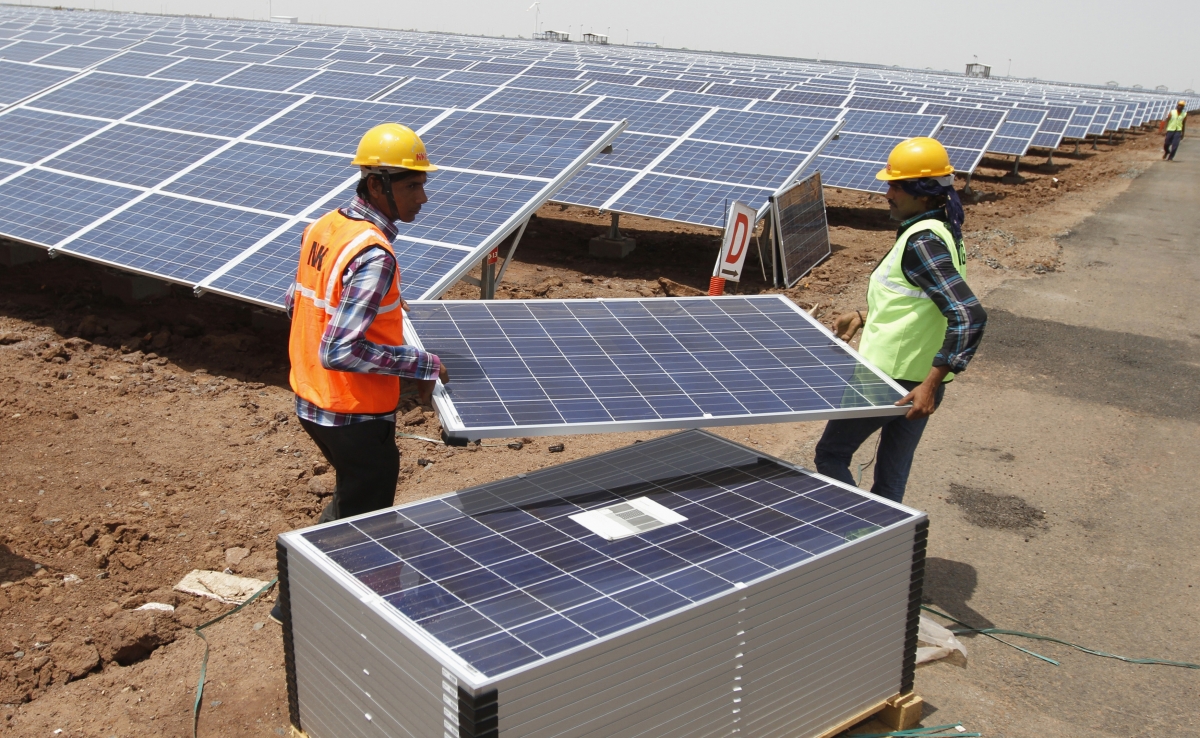Role Of EV To Achieve Net Zero Target By 2070

Role Of EV To Achieve Net Zero Target By 2070
Prime Minister Narendra Modi has committed India to an ambitious five-part “Panchamrit” pledge. Four of these are specific targets for 2030: a) construct 500 GW of non-fossil capacity; b) generate half of the total energy needs from renewable sources; c) reduce emissions by one billion tonnes by 2030, and d) reduce GDP intensity by 45%.
The fifth Panchamrit commitment commits India is to net-zero emissions by 2070. Now is the time to act, and this report aims to show the way forward and provide insights to inspire decisive climate action.
The reason is its economic transformation. An Asian country will before long be the most inhabited country in the world—and it can be home to one of the youngest populations in the world. The country is home to an oversized population that lives below the poverty line.
A quick and evenhanded economic process is going to be essential to satisfy the expansion and aspirations of 1.4 billion people. The producing sector will have to grow to supplement the spectacular services sector economy and cater to the large population living off the agrarian economy.
The first is its financial transformation. India will quickly be the most populous country in the world – and will be home to one of the youngest populations in the world. The United States of America is likewise home to a massive populace that lives under the poverty line.
A speedy and equitable financial increase could be crucial to satisfying the growing lifestyle aspirations of 1.44 billion people. The manufacturing sector will need to expand to complement the fantastic offerings sector economy and to serve the large population that relies on the agrarian economy.
A Green New Deal for India is bound to include the five sectors that contribute to almost all of its greenhouse gas emissions.
Pillar 1: Energy
The energy sector is responsible for 40% of India’s greenhouse gas emissions, with coal being the dominant source of total fossil CO2 emissions.

Energy sector decarbonization is a top priority for the Indian energy sector and requires a three-pronged approach: replacing fossil fuels with renewable energy; reducing fossil CO2 emissions from legacy infrastructure through improved efficiencies, and eliminating unavoidable carbon emissions through carbon sequestration.
Pillar 2: Mobility

The mobility sector is heavily dependent on oil and contributes almost half of India’s oil needs. sustainable fuels (biofuels, CNG, LNG) in the short term; electrification in the medium term; and hydrogen-based heavy mobility in the long term.
Pillar 3: Industry
Manufacturing is a major contributor to India’s GHG emissions, with the iron and steel, cement, and chemicals and fertiliser sectors having the largest carbon footprints.

The radical decarbonization of these sectors requires demand management measures such as accelerating the circular economy; continuous improvements in energy efficiency; thermal electrification; CO2 capture, use, and storage; low-carbon fuels such as biomass and hydrogen; and innovative technologies with non-fossil raw materials.
Pillar 4 – Green Buildings, Infrastructure, and Cities
India’s pinnacle 25 towns make contributions equal to more than 15% of their envisioned GHG emissions.

India’s transition to greener towns, homes, and infrastructure will require a reconsideration of its method of city-making plans with a focal point on transit-oriented city improvement and an emphasis on low-carbon homes and infrastructure construction.
Pillar 5: Agriculture
The agricultural sector is the main contributor to nitrous oxide (N2O) and methane emissions. This includes an accelerated approach to green technology innovation; an overarching framework to promote green finance; an integrated approach to carbon capture, use, and storage; and a climate adaptation plan.

According to the World Air Quality Report 2020, the main sources of air pollution in India are traffic, construction, and stubble burning. Therefore, to achieve net-zero emissions by 2070, India needs to work on these three areas as well as the other smaller sources of pollution. air pollution.
The demand for transport will continue to increase in the coming years. Even if the government takes steps to reduce private vehicle use by improving public transport, vehicular pollution cannot be reduced due to the increasing demand.
Therefore, there is a need to transform the transport sector by switching to alternatives to fossil fuel vehicles. There are many alternatives to fossil fuel vehicles, such as biogas vehicles, electric vehicles, hydrogen vehicles, etc.
Among all the alternatives to fuel-based vehicles, electric vehicles have many advantages over others, such as being the safest, most efficient, etc. Petroleum Power Supplies announced in November 2021 that it would install 22,000 electric vehicle charging stations over the next 35 years.
The government of India plans to deploy electric vehicles for all central government departments and their field offices. India will generate 70% of its electricity by 2021 through coal-fired power plants. So, even if we move to electric vehicles, fueling them up with coal-based electricity will only defeat the purpose.
It is time to extend the benefits of technology, finance, and leadership to the other pillars of the Indian Green New Deal discussed above. Over time, as India improves its mobility sector, land use, and cities to a new green development paradigm, it will demonstrate its own global leadership and create models for other emerging economies to follow.
India’s green growth is not just for itself: it will have a multiplier effect and pave the way for a path that combines inclusive prosperity with decarbonization.
edited and proofread by nikita sharma




